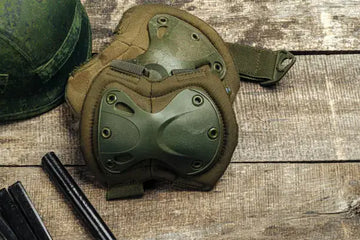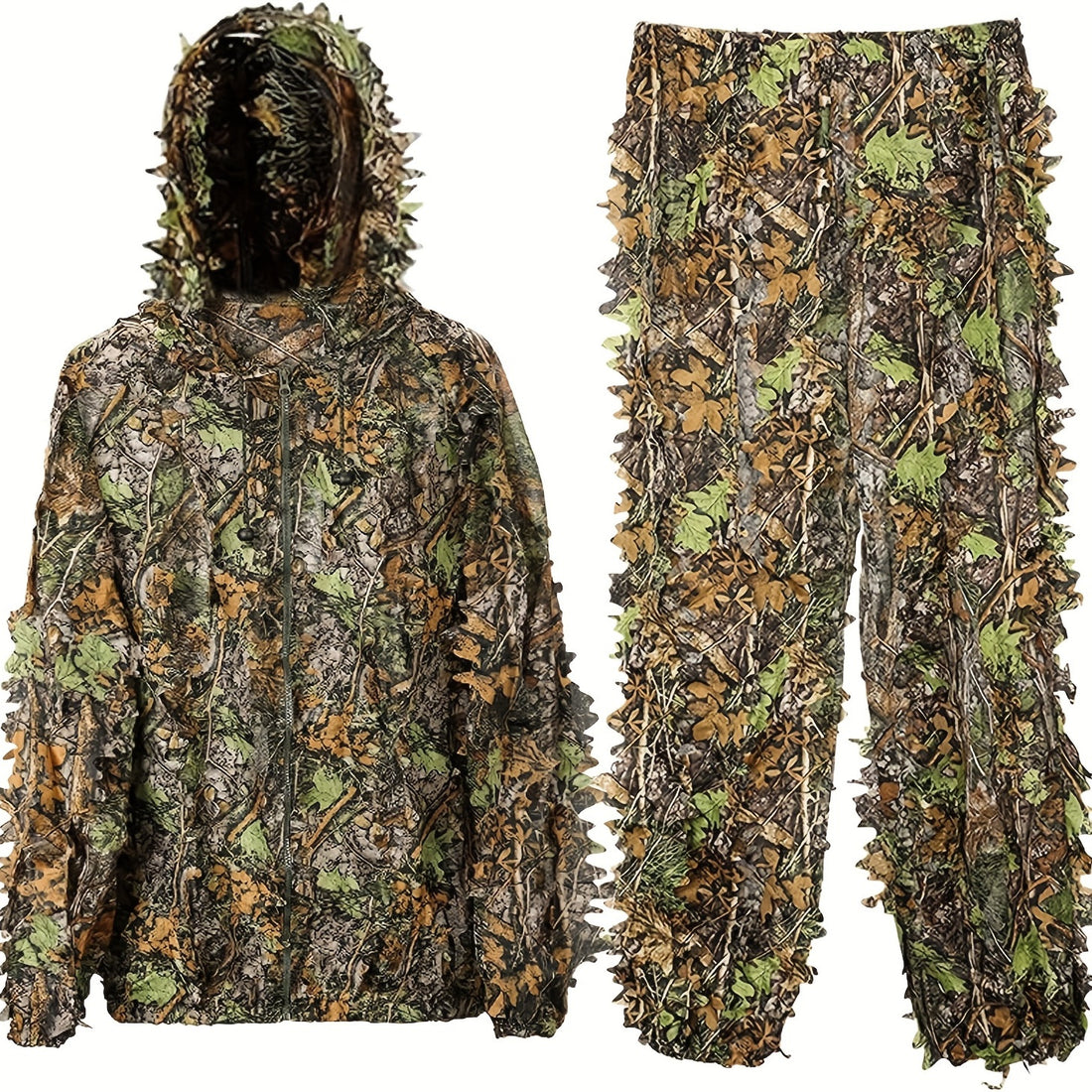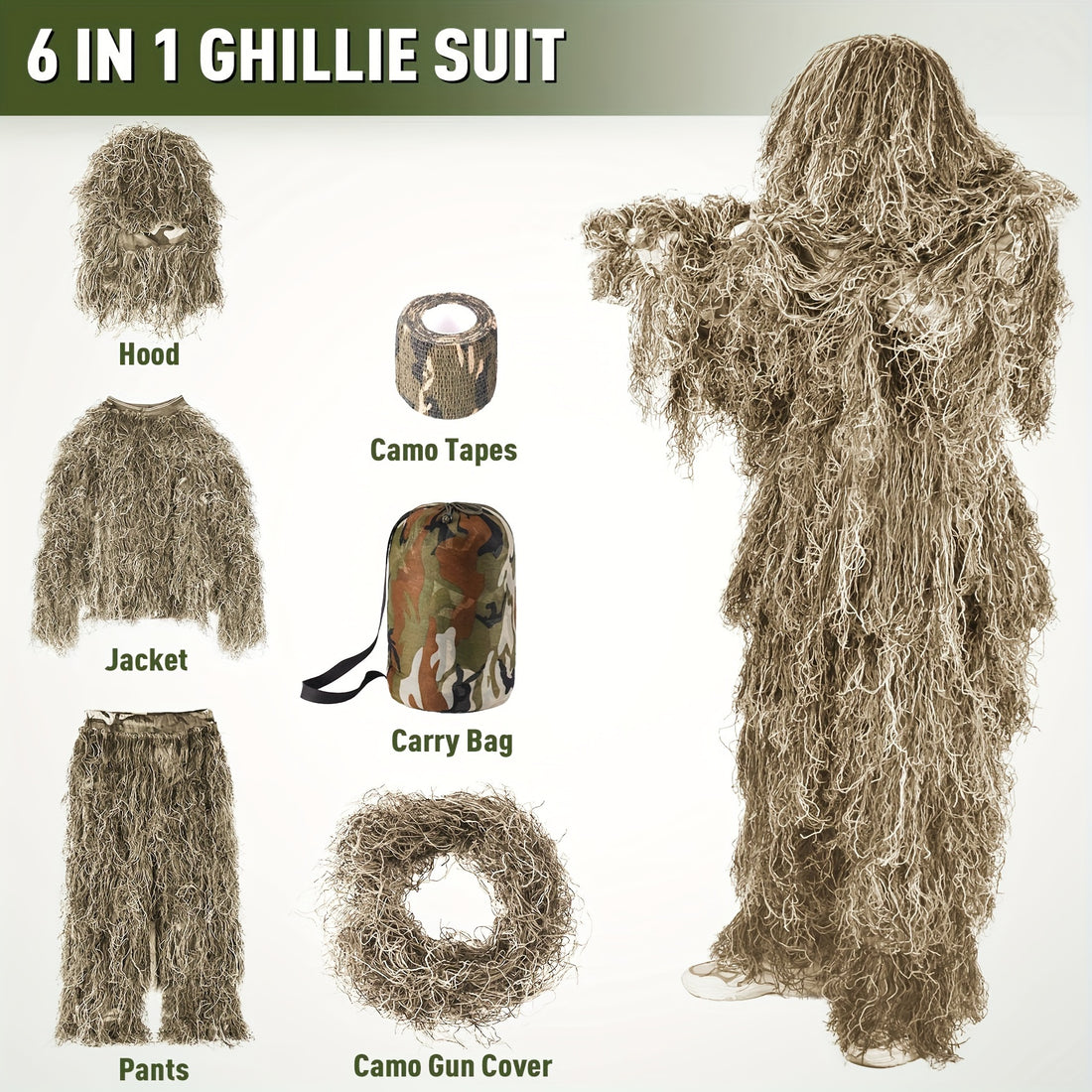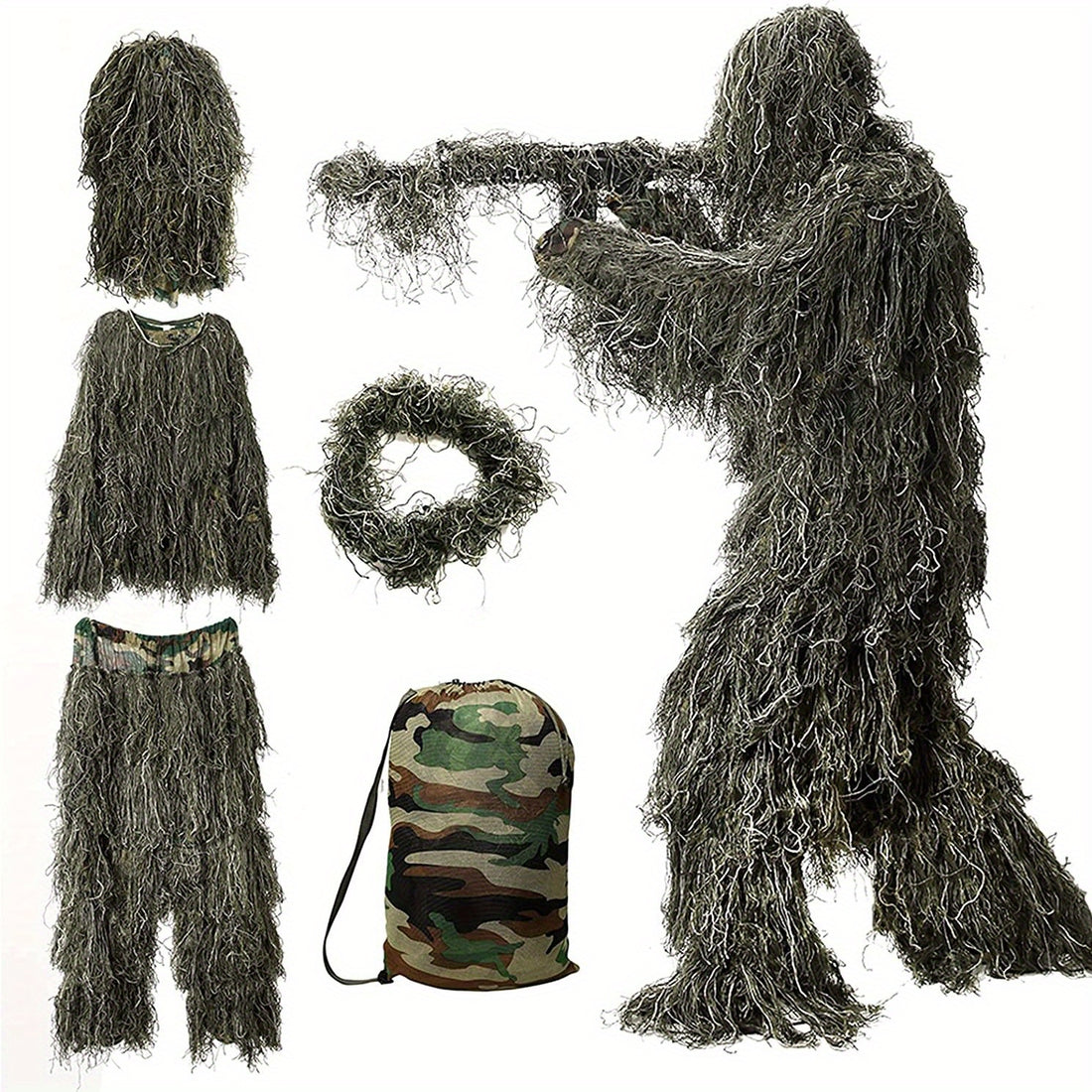Using a tactical duty belt can greatly increase your efficiency and readiness. However, many people make common mistakes that can hinder its effectiveness. Let’s identify these errors and discuss how to avoid them.
1. Ignoring Compatibility with Other Gear
One frequent mistake is not considering the compatibility of your tactical duty belt with other gear, such as body armor or backpacks. When your gear doesn't work well together, it can lead to discomfort and inefficiency.
Solution: To ensure compatibility, always test your tactical duty belt with the rest of your gear. Start by putting on your body armor or backpack and then add your belt.
Check for any conflicts or areas where the belt might interfere with other equipment. If you find that your belt causes discomfort or restricts movement, consider adjusting the placement of your gear or choosing different gear that works better together.
Additionally, look for belts and accessories specifically designed to integrate with other tactical gear, as these often offer better compatibility and ease of use.
2. Not Securing Loose Straps
Loose straps on a tactical duty belt can be more than just a nuisance; they can get caught on objects, causing potential safety hazards and slowing you down. Unfortunately, this is an issue many users overlook.
Solution: To avoid this problem, secure all loose straps using strap keepers, Velcro, or by tucking them in.
Regularly check your belt for any loose ends, especially after adjusting your gear or moving through rough terrain.
If you find that straps frequently come loose, consider using stronger fasteners or upgrading to gear with better retention features. Keeping your belt streamlined not only improves safety but also enhances your overall efficiency.
3. Improper Belt Size and Fit
Using a belt that doesn’t fit properly is a significant mistake. A belt that’s too loose will move around, causing discomfort and inefficiency. Conversely, a belt that's too tight can restrict movement and cause pain.
Solution: Measure your waist accurately before purchasing a belt. Use a flexible tape measure to get a precise measurement, and compare it with the sizing chart provided by the manufacturer.
Look for adjustable belts that allow for a snug, comfortable fit. When trying on the belt, wear it with all your gear to ensure it fits well under operational conditions.
Regularly check and adjust the fit as needed, especially if you gain or lose weight or change the amount of gear you carry. A properly fitting belt can significantly improve your comfort and effectiveness.
4. Incorrect Placement of Gear
Another common error is placing gear in the wrong positions. If your gear isn’t easily accessible, it can slow you down in critical situations. Additionally, poor placement can affect your balance and mobility.
Solution: Think about accessibility and balance when setting up your duty belt. Place frequently used items, like your firearm or radio, in easily reachable spots.
For example, holsters should be placed on the strong side, and magazine pouches should be within easy reach of your non-dominant hand. Balance the weight by distributing gear evenly around your waist to avoid tilting or discomfort.
Practice drawing and using your gear in various scenarios to find the most efficient setup. Adjust the placement as necessary to ensure quick access and balanced distribution.
5. Neglecting Belt Maintenance
Many people forget that tactical duty belts require regular maintenance. Dirt, sweat, and wear can degrade the belt’s material and functionality over time. A neglected belt can fail when you need it most.
Solution: Clean your belt regularly according to the manufacturer’s instructions. For nylon belts, use mild soap and water to remove dirt and grime, then let it air dry.
Leather belts require more care; clean them with a damp cloth and use leather conditioner to keep the material supple. Inspect your belt for signs of wear and tear, such as frayed edges or weakened fasteners.
If you notice any damage, address it immediately by repairing small issues or replacing the belt if necessary. Proper maintenance ensures your belt remains reliable and extends its lifespan.
Conclusion
By avoiding these common mistakes and following the suggested solutions, you can ensure your belt remains a reliable part of your gear. Stay prepared, stay efficient, and most importantly, stay safe.
























